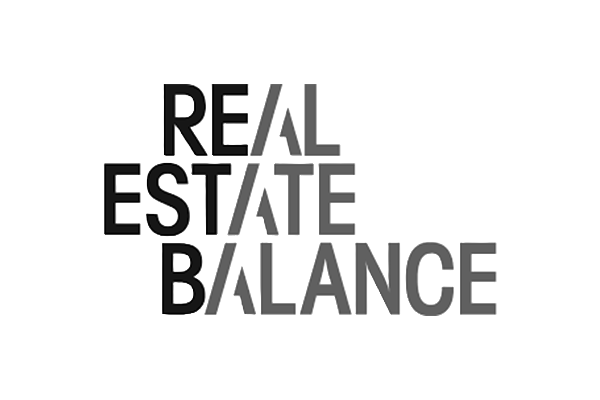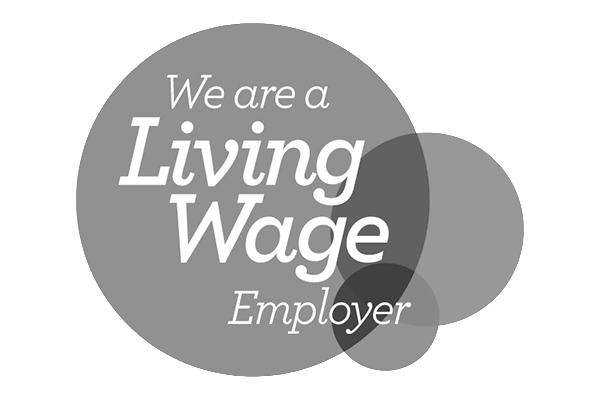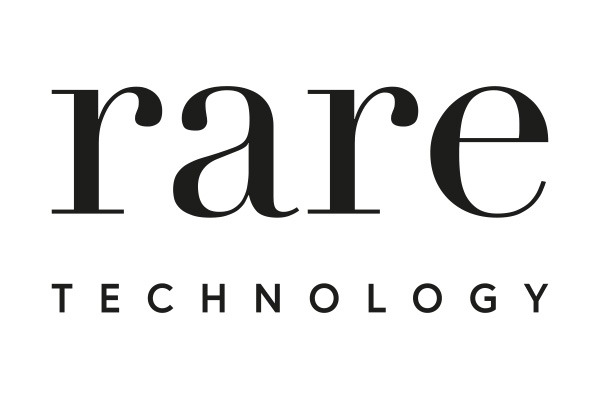Date published: 30 July 2006
What is a “Public Authority” under the HRA?
The High Court’s recent decision in Cameron and Others v Network Rail Infrastructure Limited [2006] EWHC 1133 (QB) provides some comfort to regulated utilities as to their possible status as hybrid public authorities under the Human Rights Act.
Background
The Human Rights Act 1998 imposes a series of important duties on ‘public authorities’ to respect the rights and freedoms of others. But what exactly is a public authority for this purpose? The answer to this question cannot be found on the face of the Act, although section 6(3) does provide that the concept includes, “any person whose functions are functions of a public nature”.
It is generally accepted by the UK courts that the two different categories of body are meant to be caught by the concept of public authority. First, are so-called ‘core’ public authorities (such as central government departments) all of whose activities will fall within the scope of the Act. Second, are so-called ‘hybrid’ public authorities who, thanks to section 6(3), will be caught by the Act when they exercise ‘public functions’ but not otherwise.
The leading authority on the meaning of ‘public authority’ in the Act is the House of Lords decision in Aston Cantlow with Billesley PCC v. Wallbank and another [2004] 1 AC 546. However, beyond some high-level observations, the House did not set out any clear guidance as to how to identify a hybrid public authority. Lord Nicholls, who delivered the leading speech, indicated, for instance, “[f]actors to be taken into account [in applying the section 6(3) test] include the extent to which in carrying out the relevant function the body is publicly funded, or is exercising statutory powers, or is taking the place of central government or local authorities, or is providing a public service”.
The Cameron case
This case arose in the context of the Potter’s Bar train crash in 2002. The claimants (who were family members of one of the victims of the crash) sued Network Rail in the High Court in London for damages under the Human Rights Act for, amongst other things, breaching the deceased’s right to life under Article 2 of the ECHR by failing adequately to maintain the points which had failed at the crash site. Network Rail was the ‘infrastructure controller’ of the rail network at the time of the crash (having succeeded Railtrack plc in that role). According to the judgement, this function conferred “power to regulate […] what happens across its network”, whilst, “the only public bodies (authorities) which had the power to regulate safety, at the relevant time were the HSE [Health and Safety Executive] and the Railways Standards Board”.
Critical to the claimants’ case was the assertion that Network Rail was a public authority and acting as such at the time of the crash. Network Rail denied that it fell into this category and applied to have the claim struck out as disclosing no reasonable grounds for action.
The application for strike out came before Turner J who ruled in Network Rail’s favour. His judgement of 18 May 2006 is of significant interest to those advising regulated utilities (and those contemplating raising proceedings against them) on their status as public authorities under the 1998 Act.
The approach of Turner J was essentially to approach the question of hybrid public authority status in two parts. First, he needed to consider whether Network Rail was in general terms capable of being a hybrid public authority. Second, if that was the case, then he had to assess whether Network Rail was in fact acting as a hybrid public authority in exercising its track maintenance obligations. In looking at the first question, Turner J listed a number of considerations which, in his view, ruled out hybrid public authority status as a general proposition:-
· The business of running a railway was not intrinsically an activity of government; the very purpose of privatisation having been to break that mould and sever the railways from direct government control (hence the interposition of the Office of the Rail Regulator (ORR) between the Department of Transport and Railtrack).
· There was a clear commercial objective in Railtrack’s performance; it was concerned to make profits for its shareholders from its operations as an infrastructure company and had been stripped of any regulatory function (as regards health and safety) by subsequent legislation.
· There was no obligation on Railtrack to conduct its operations in a manner subservient to the public interest; it was free to conduct its business, albeit in compliance with its licence terms and conditions, in the manner in which it saw fit and best calculated to make profits for its shareholders.
· Railtrack was not democratically accountable to central or local government; insofar as it was accountable to any person other than its shareholders, it was to the Office of the Rail Regulator (ORR), which was an office separate from central government control.
· Railtrack’s board of directors was appointed by the company and their appointment was not subject to government influence or control.
· Railtrack possessed no special powers nor did it enjoy immunities which might have been indications of ‘publicness’, if they had existed.
· Railtrack was not publicly funded; its income was derived from the receipt of track access charges from train operating companies, part only whose income was derived from public subsidy.
· Railtrack had no special powers beyond those which resulted from those which regulate relations between individuals.
Even although he had disposed of the first question in the negative, Turner J went on to state that, even if he had found otherwise, he would have found against the claimants on this point. According to his judgement, Network Rail’s role as regards safety was, “merely an aspect of the manner in which the business is carried out, and not a function of the business, as such”. Of key importance in this context was the fact that, whereas, prior to the Railways (Safety Case) Regulations 2000, Railtrack had a duty to establish and maintain ‘Group Railway Standards’ as well as to monitor and control the safety cases of others who used the railway infrastructure, by the date of the Potters Bar accident, it had been relieved of this function.
Comment
The Cameron case is important. The narrow approach which it applies will be welcomed by those on the utility side who have been concerned about facing human rights challenges.
However, it is worth adding some words of caution in relation to the judgement:-
· Most obviously, perhaps, the judgement is of limited precedential value, being only a first instance decision, from which we understand the claimants are appealing.
· Also, in reaching his conclusions on the hybrid status, the judge seemed to take a very limited account of the monopoly status of Network Rail. Whilst many utilities operate in a competitive market and, as such, may not enjoy special rights or privileges, the owners and operators of natural or legal monopolies appear to be in a substantially different position.
· Finally, it is not clear whether the judge was correct in applying a second stage ‘filter’ to answering the hybrid public authority question. In particular, it is not obvious why (in order to succeed under section 6(3)) a claimant necessarily has to prove that the particular act or omission complained of (in this case, the failure adequately to maintain the points which failed) amounts, of itself, to the exercise of a public function. It therefore remains to be seen how far other courts go in following the High Court’s approach in this case.
To find out more contact us here


















